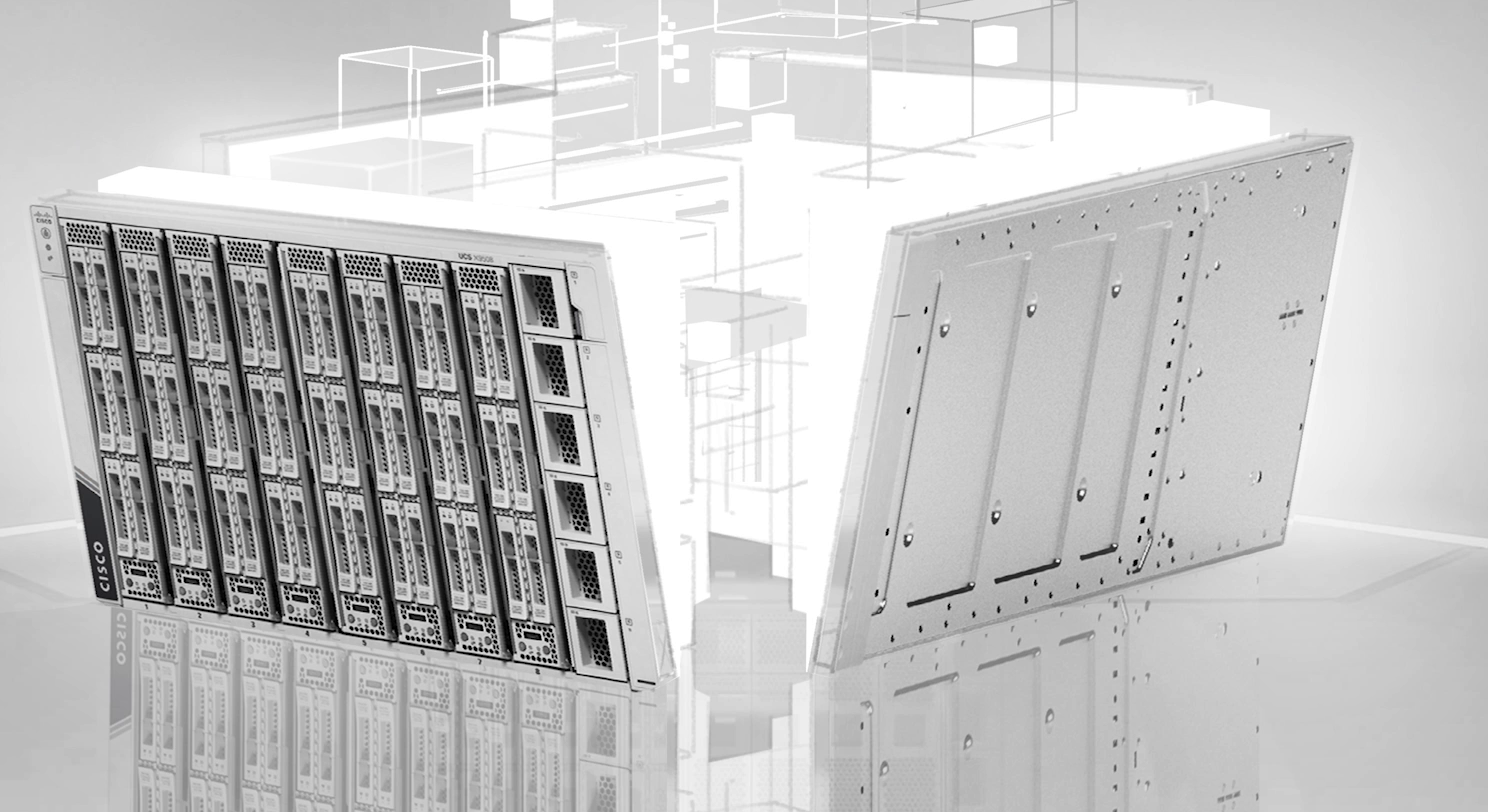- I recommend the Pixel 9 to most people looking to upgrade - especially while it's $250 off
- Google's viral research assistant just got its own app - here's how it can help you
- Sony will give you a free 55-inch 4K TV right now - but this is the last day to qualify
- I've used virtually every Linux distro, but this one has a fresh perspective
- The 7 gadgets I never travel without (and why they make such a big difference)
Server deployment done right – Cisco UCS X-Series with Intersight

Whether it is a new VDI environment to enable remote work or being able to decommission older, slower, more power-hungry servers, a new server provides no business benefits until it is deployed and in production.
The UCS difference
UCS has always been different and innovative with the goal of making things simpler for customers and their IT teams. Unified fabric – collapsing data, storage, and management networks onto a single wire – made networking simpler and provides both OpEx and CapEx TCO benefits. Along with it, we changed the way server management was done. We moved configuration from the server to the network embedded in fabric interconnects. Then we moved it to the cloud with Intersight. This makes it easier to scale while making you more agile and efficient.
85% quicker
I’ve been talking with customers and have reviewed every customer case study for UCS. There is a common theme about how much quicker it is to deploy UCS servers. First with UCS Manager, now with Cisco Intersight. In 119 case studies for UCS servers where customers provided a figure, UCS management proved to be an average of 85% quicker in deploying servers than with their previous solution. How is that possible? Below are a few short videos that show just how simple it is with UCS and Intersight.
Adding a chassis
First is adding a X9508 Modular Chassis to the environment and discovering the compute nodes. It is as simple as modifying the existing fabric interconnect policy and changing the role of ports attached to the Intelligent Fabric Modules to server ports. This is a non-disruptive change meaning any other chassis or servers attached to the fabric interconnect aren’t impacted.
Adding a server
Next, we need to configure the X210c Compute Nodes. Server configuration, for UCS, has always been abstracted from the hardware and done with policies, profiles, and templates. What this means is that you’re able to create custom configurations for each application and ensure every server is configured the same way regardless of where it is geographically. This also ensures the configuration is 100% error free since it is profile based and not manually created for every server.
What you’ve seen in these two videos is a routine task, server deployment, done in a better and more efficient way with Cisco Intersight. It is a repeatable process that can be fully automated, which will decrease the time to production and reduce the risk of server configuration errors.
What’s next
Over the coming weeks, I’ll be publishing a number of X-Series blogs with short videos. We’ll be looking at performance, converged infrastructure, and networking among other topics. Come back next week to read about GPU accelerated VDI.
Resources
Share:

